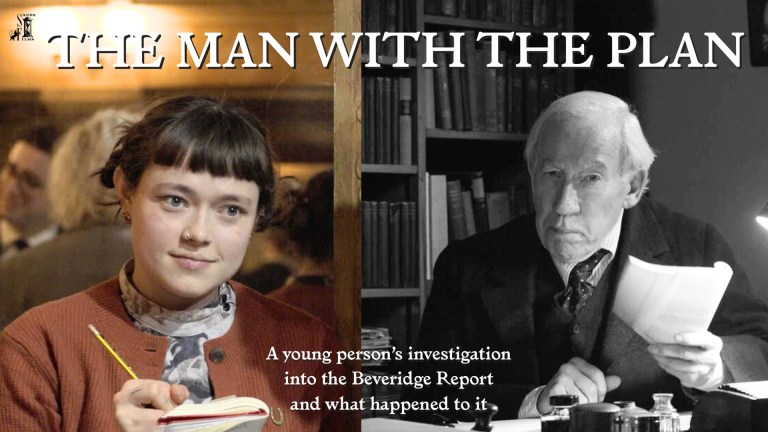Traditional student life has a romantic quality that can capture the zeitgeist of an age.
In the late 19th century, Puccini’s opera La Boheme portrayed students starving in a garret, suffering for truth and art. In the 1950s, Kingsley Amis’ novel Lucky Jim satirised the stifling conformity of provincial university campus life with its austere lodgings or ‘digs’. By the 1980s the television show The Young Ones cast Rik Mayall and Adrian Edmondson as tenants in an anarchic but more egalitarian student house.
How might composers, novelists or script-writers convey students’ living conditions today? An undergraduate queuing at a lettings agency to view an over-priced student house with mould and potentially dangerous electric wiring? A student bedding down on a course-mate’s sofa because he has nowhere else to sleep?
Excess demand for student housing in university cities and towns has coincided with a contraction in the supply of private rented accommodation leaving many students struggling. We should be clear that university students are significantly less – not more – likely to experience homelessness than young people of similar age in the general population. Nevertheless the scarcity, poor quality and cost of student housing should concern university leaders when they face pressure to widen participation in higher education.
There is, however, a wider, deeper and more radical role that universities could play in relieving and preventing homelessness beyond their student bodies in their communities.
The core argument for why universities should engage in ending homelessness is this: university cities and larger towns have higher homelessness, both in absolute numbers and per head of the population. The presence of a university in a place shapes the local housing economy, creating higher demand for low-cost rented housing pushing up rents and house prices and making these less affordable for people on low incomes. The Office for National Statistics (ONS) analyses data from its census by dividing areas in England and Wales into 15 groups, one of which is university towns and cities. We can break down their rates of homelessness by looking at their rates per head of their population of applications for homelessness support, rough sleeping and households placed in temporary accommodation to avoid homelessness. We can then compare these on a per-head basis with a similar number of towns of roughly the same size without a university.









